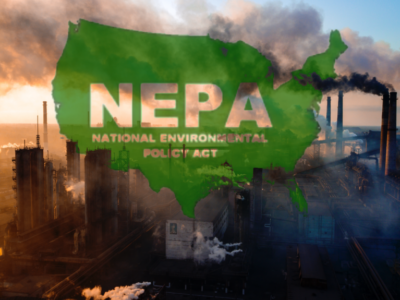Not Enough Money in the Pipeline
 When regulators approve rates for a utility such as Pacific Gas & Electric Company (PG&E), they are making their best guess as to how much money the company will need to cover various kinds of activities. The utility starts out the process by offering its position on how much it will need for things like salaries, or rent, or activities designed to ensure gas pipeline safety. Pipeline safety has been the subject of especially close scrutiny for the last two years since PG&E experienced a lethal explosion along a high-pressure gas line in San Bruno, California.
When regulators approve rates for a utility such as Pacific Gas & Electric Company (PG&E), they are making their best guess as to how much money the company will need to cover various kinds of activities. The utility starts out the process by offering its position on how much it will need for things like salaries, or rent, or activities designed to ensure gas pipeline safety. Pipeline safety has been the subject of especially close scrutiny for the last two years since PG&E experienced a lethal explosion along a high-pressure gas line in San Bruno, California.
The San Francisco Chronicle reports on a new study which concludes that over the past decade, PG&E consistently spent less money on pipeline safety than it said it would — over $50,000,000 less. Those funds remained available to spend on other utility-related activities, or to invest in other businesses, or to add to shareholder dividends. The money in question otherwise would have helped to inspect and make more reliable the distribution pipelines — the smaller diameter pipes that deliver gas to residential customers. The Chronicle reports that past failure of these distribution pipelines has led to fatal accidents and the loss of property.
The new findings become entwined with questions about how best to respond to PG&E’s clear failure to adequately protect its customers. Should the company face a heavy fine? If so, what is the right amount? Should any penalty funds be devoted to pipeline improvement, or should they be deposited in the state’s General Fund? Should regulators who failed to make safety a top priority be forced to resign, or is it enough if they pledge to do better next time?
One thing seems to be taken for granted when the questions are debated: that PG&E will continue to be the utility serving the majority of natural gas users in the state. Perhaps it shouldn’t be.
When states created public utilities and gave them exclusive service territories, it awarded those privileges for an indeterminate length of time — not necessarily forever. In some instances, usually involving smaller telecommunication companies, California regulators have revoked companies’ operating certificates. This happens when regulators find a company unfit to take on its utility obligations.
What could be more fundamental for a large energy utility than its obligation to keep its customers safe? An option available to regulators would be to insist that the utility create and implement a detailed plan to modernize its natural gas infrastructure within a certain number of years — complete with milestones and ongoing verification — or face the loss of its certificate to operate its system and serve its customers.
It should not be necessary to exercise such an extreme option. PG&E has changed its managers and acknowledged many of its past omissions. But the option remains. There are certainly other firms capable of managing the utility’s vast network of gas pipelines and (potentially) owning the equipment, as well.







Reader Comments